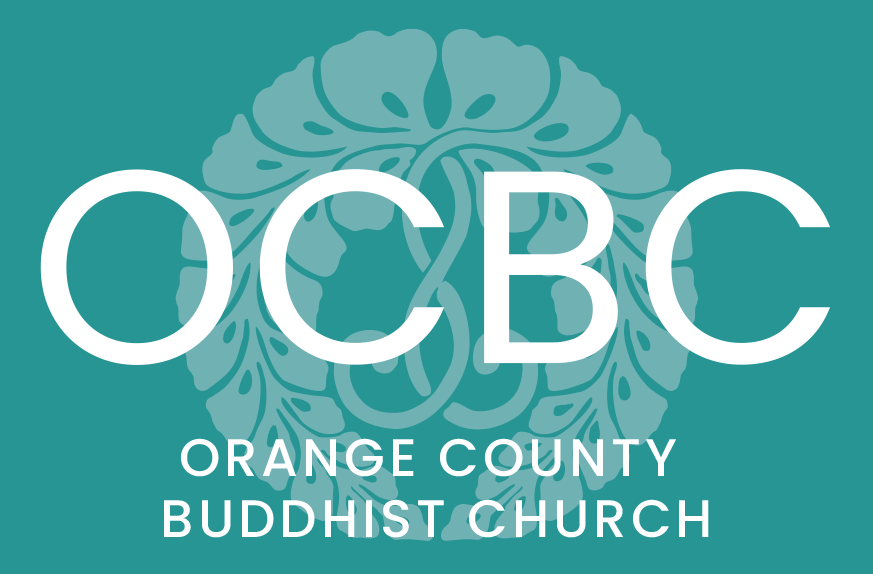What is Ohigan?
Ohigan – Spring Equinox – Shunki higan-e Ohigan and Autumn Equinox – Shūki higan-e services occur twice a year around the spring and fall equinox when the daylight and nighttime are equal. In many ancient cultures, it was a time of celebration to remind us of our deep connection to the rhythms and cycles of the earth and, by extension, to the whole universe.
Ohigan translates as “the other shore” and is a metaphor for crossing from this shore of ignorance, anger, and greed to the other shore of nirvāna and peace. It is a time to reflect on the nature of our true self, which is hidden deeply beneath our ego-self. As Shin Buddhists, we are part of the larger Mahāyāna tradition that teaches the path of the bodhisattva – a path followed by a person who has the aspiration to become a Buddha. The path includes six activities called pāramitās, a Sanskrit word that means “arriving at the other shore.” The activities of generosity, discipline, patience, energy, meditation, and insight are said to be transformative because they allow us to transcend the narrow perspective of the ego-self.
Arriving at the other shore of nirvāna is a teaching that contains a paradox. A bodhisattva perceives reality-as-it-is by not attaching to divisions between self and other, good and evil, samsara and nirvāna, or the world of duality. Although the Buddhist scriptures speak of crossing from samsara to the other shore, one’s arrival consists of realizing that there is no other shore at some distance from samsara. We make a journey to the “pure land” and arrive when we understand that we were there all along.

